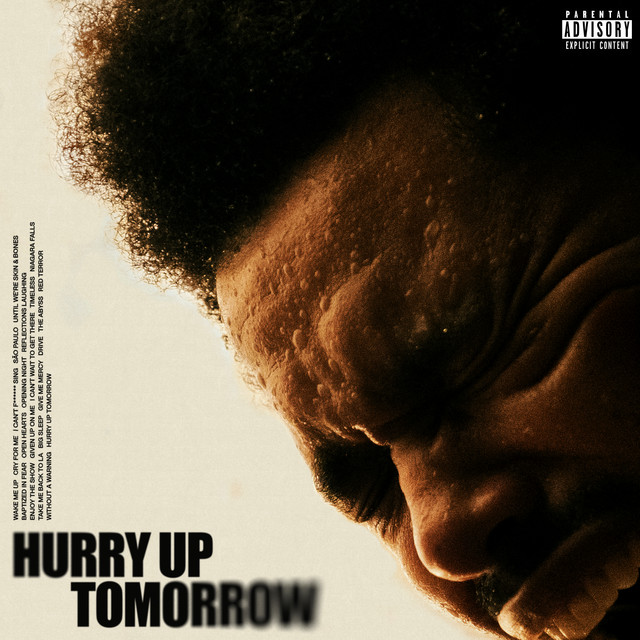English Monsters Scares Readers with Harsh Reality
James Scudamore’s latest novel uncovers the monsters hiding within closed doors.
English Monsters by James Scuadamore: Jonathan Cape, hardcover, 354 pages..
April 6, 2020
The story starts with an older Max Denyer reminiscing about the days before attending boarding school at age ten in 1986. He recalls the times spent with his grandparents and meeting Headmaster Fiona Sutton and his close friend Simon Drake. He notably dwells on something his grandfather once told him: “Work hard. Live well. Be kind. Speak up. Especially speak up.” This plays into the theme of the novel and its social commentary: When is it okay to speak up, and when is it better to stay silent?
Max is first acquainted with his struggle to speak out at boarding school. Max refuses to speak up when he’s being abused by Mr. “Weapons” Davis, who uses his fists and threatening statements to beat down Max over the slightest infraction. At first, Max cries out for help but is pushed to silence when he is ignored by the staff and other students. Max stays silent when he notices that the head boy acts differently, giving him hope he can survive.
The “privilege” that these four boys had from attending the boarding school quickly shifts to a prison, showing the ten-year-olds the darkest parts of the world and the depths of human depravity. Max’s faults seem to only expand and develop as he gets older. His guilt over staying silent about Crimble’s sexual abuse affects his confidence and everyday life. Dealing with the scars of abuse drives Max’s journey while the reader watches these graphic scenes of horror and hopes that, at the end of Max’s story, there will be redemption.
Scudamore constantly plays off the idea of hidden monsters. He shows the good sides and bad sides of every character, leaving the audience truly confused at who to trust. Even Max is dragged down to the level of monsters, both shocking and fascinating the reader at the same time. The characters are realistic in the sense that they all have their own story: they don’t share someone else’s storyline, yet they work alongside one another’s story. Scudamore dives in deep with his characters, giving the reader a clear view as to who they are. For example, a majority of the introduction examines Max’s grandfather and the kind of person that he is, even though he is absent from the main story. All of Scudamore’s characters act behind a mask, giving off the idea that people are not always who they seem to be and making the reader second-guess their reaction to each character.
While the themes of this brutal novel were deeply interesting, I found the book difficult to get into. Scudamore tells a nonlinear story (jumping back and forth from Max’s past to his present) and, while his examinations of character are beautiful, they can be dense at times. It took a few chapters to dive into the real story that was being told. That being said, the book was hard to put down once the story of abuse and silence began to unfold. Scudamore’s shares viscerally disturbing experiences with the readers that can hard to fathom, so I would caution readers who are sensitive to child abuse that this text may be upsetting to them, but for those that can handle strong topics, this book is a thrilling exploration of humanity’s depravity.
Few people would say that being mentally, physically, emotionally, and sexually abused is a privilege–for most, these are nightmares. Yet Scudamore’s twisted tale reveals that there are monsters everywhere and the privileged ones are those who can see the awful world for what it is. Scudamore’s enthralling novel does not shy away from the most disturbing corners of life, but instead of glorifying the pain, he and his characters celebrate survival and the ability of the human spirit to overcome the sins of our past. While tragic and triggering, this book should be on the reading list of anyone who likes gritty stories about how harsh the hidden monsters of the world can be.






















































